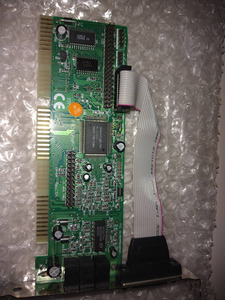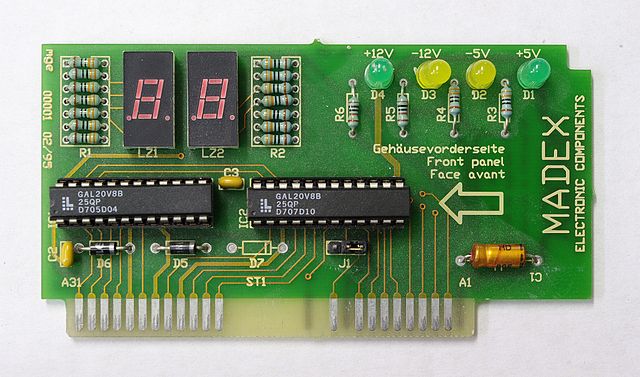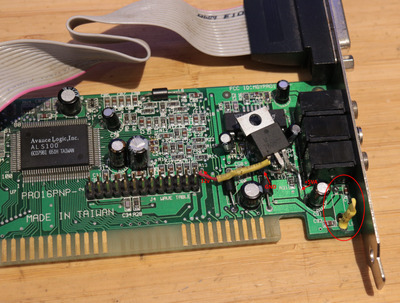First post, by Demolition-Man
Hello! As always, sorry for my bad English .
I am testing some rather cheap OPL3/clone cards, and managed to find a good one:
A ALS100 variant FCC ID: MGY16PROPNP
It does exactly what a OPL3 SB16 can do. (on DOS) Not bad for 9€.
The only problem is, that the card only has 1 speaker output, unamplified(?), and way to quiet.
The other cards here have two outputs one is amplified, and the other not. The unamplified outputs
on the other cards are not that loud either.
The mixer settings (UNISOUND or original drivers/mixer) are of course maxed out.
I have powered speakers here mid sized Logitech 2.0 speakers, and an older and larger 2.1 system, but only with max volume, the sound is acceptable in
the middle of a quiet night.
With genereric Win95 drivers, i tried first, the card was a tiny bit louder under Win98 but there were sound problems.
A two year newer Win98 driver from a MA5ASOUND solved some of the problemes, but the volume is now exactly like the DOS one. Not fair!^^
Let me guess, there is nothing i can do (software/driver or settings) to get the card just a little bit louder? Correct? Amplifier only?
Is the card intended to be used with an amplifier? Even a cheap one cost 50+ bucks. Do i need any kind of special speakers or headphones?
Or is the card simply to old or maybe damaged*?
I would ask for an alternative, but there aren't that many for this card... SB16, OPL3, bug free MIDI (Wavetable header).
Believe it or not, it's a good card, just too quiet, or else*.
Thanks and regards


